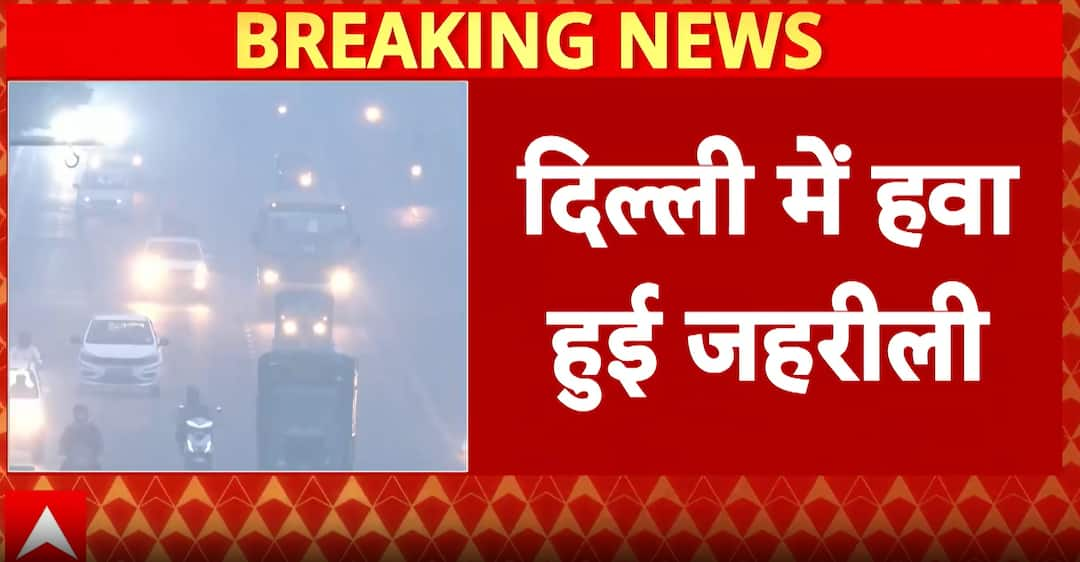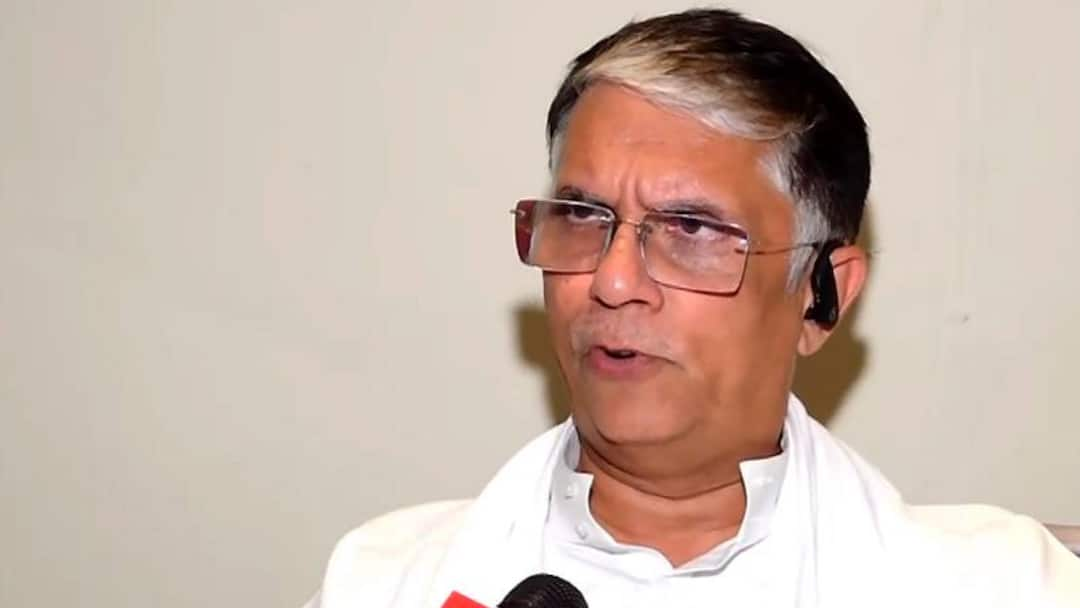Delhi is once again grappling with hazardous air pollution as the Air Quality Index (AQI) in several parts of the city has crossed the 300 mark, placing it in the ‘very poor’ category. According to data from the Central Pollution Control Board (CPCB), many regions of the National Capital Region, including Noida and Ghaziabad, are also recording alarming pollution levels. The deteriorating air quality has made breathing difficult for residents, with a dense haze enveloping the skyline since early morning. In response to the worsening situation, Chief Minister Rekha Gupta has announced a major administrative decision. From November 15, 2025, to February 15, 2026, the office timings of Delhi Government and Municipal Corporation of Delhi (MCD) departments will be revised. This move aims to reduce peak-hour traffic congestion, one of the major contributors to vehicular pollution. Environmental experts have warned that prolonged exposure to such toxic air can lead to respiratory problems, eye irritation, and severe health risks, particularly for children and the elderly. Delhi has now been ranked among the most polluted cities in India once again. Authorities are urging citizens to limit outdoor activities and use masks while stepping out. Immediate collective action is being emphasized to control the escalating pollution crisis.



